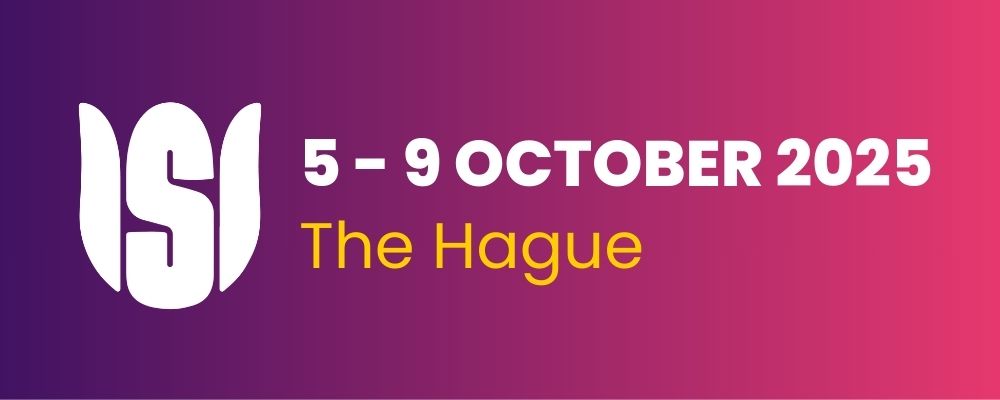New Developments and Insights in Joint Modeling of Longitudinal and Survival Outcomes
Conference
Category: International Society for Business and Industrial Statistics (ISBIS)
Proposal Description
In recent years, clinical studies often generate correlated time-to-event and longitudinal data that are too complex for standard analysis methods to handle. Specifically, specifying/ignoring the association structure between these outcomes further complicates the analysis and might lead to invalid inference and prediction (Drs. Kolamunnage-Dona and Andrinopoulou, Speakers 1 and 2). In addition, modeling both the mean and covariance of the longitudinal outcome is a demanding, necessary task when the time-to-event outcome is correlated with both, leading to joint modeling of three outcomes (Dr. Charalambous, Speaker 3). A further challenge is faced when spatial variations are present in the data while estimating time-dynamic effects of risk factors on correlated longitudinal and survival outcomes (Dr. Kurum, speaker 4). Novel applications and extensions of joint modeling methods often present unique difficulties that require extensive analysis (Dr. Sousa, Speaker 5). Methods and applications presented in this session aim to inform statisticians, health science researchers, and practitioners about recent developments in joint modeling of time-to-event and longitudinal data.
Submissions
- Addressing the selection uncertainty in association structure in the joint modelling framework
- Investigating the impact on predictive performance in joint models when misspecifying the relation between outcomes
- Joint models for multi-outcome data and covariance structures via a Bayesian approach
- Spatiotemporal Multilevel Joint Modeling of Longitudinal and Survival Outcomes in End-Stage Kidney Disease
